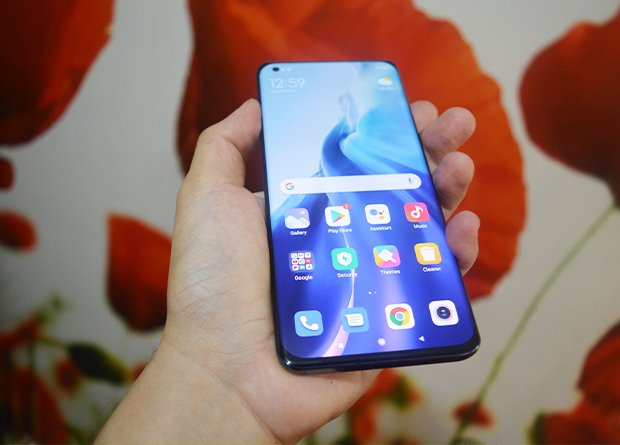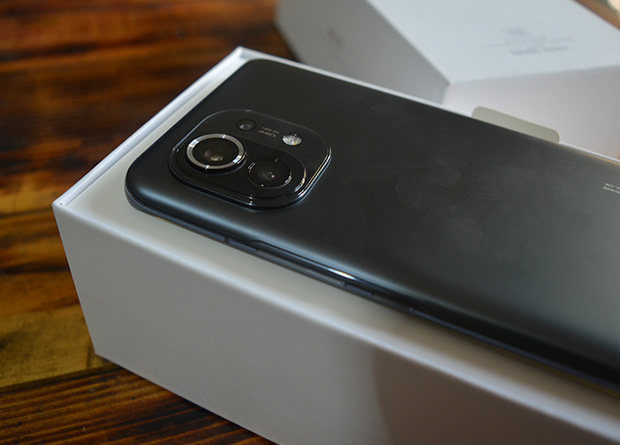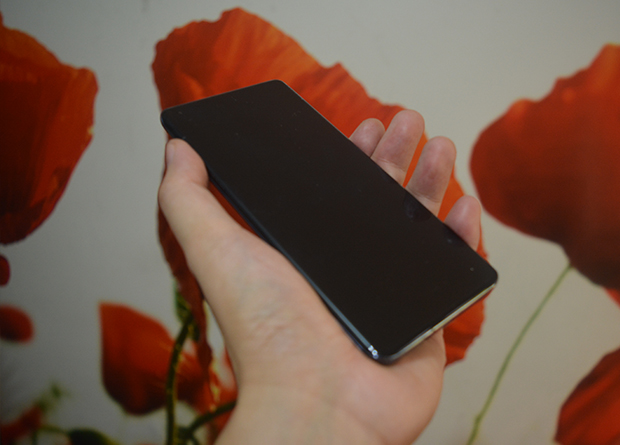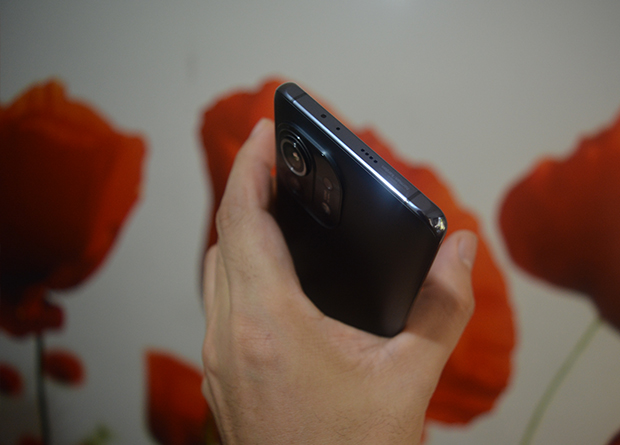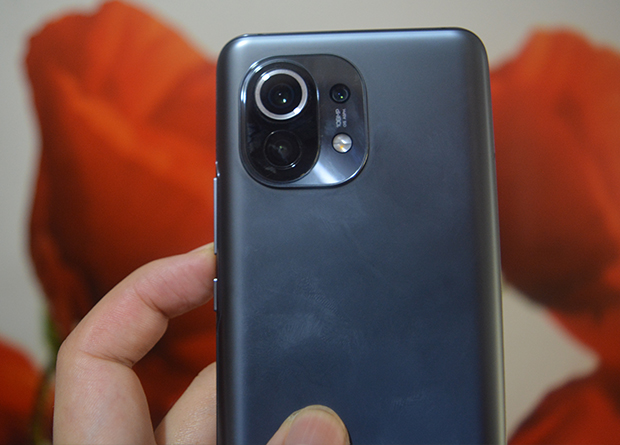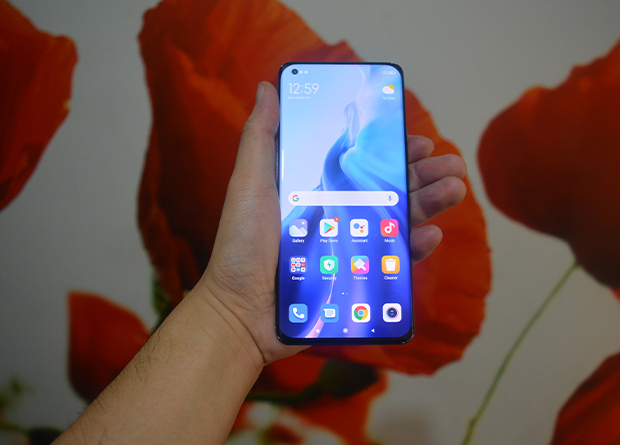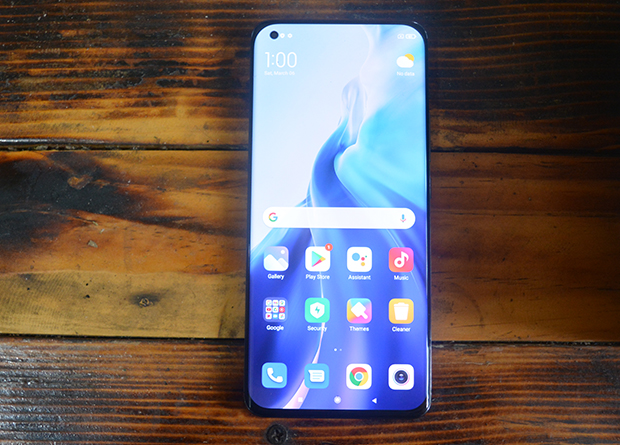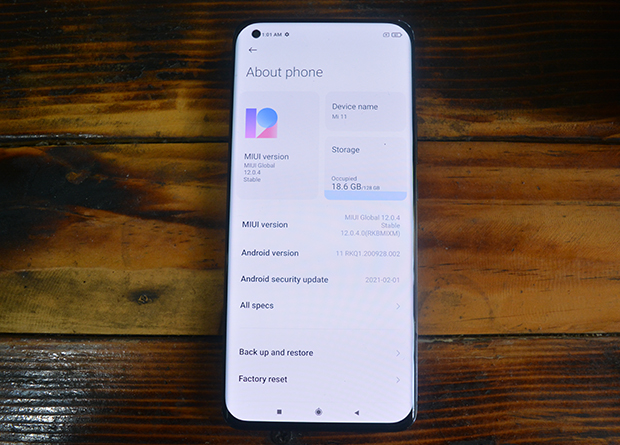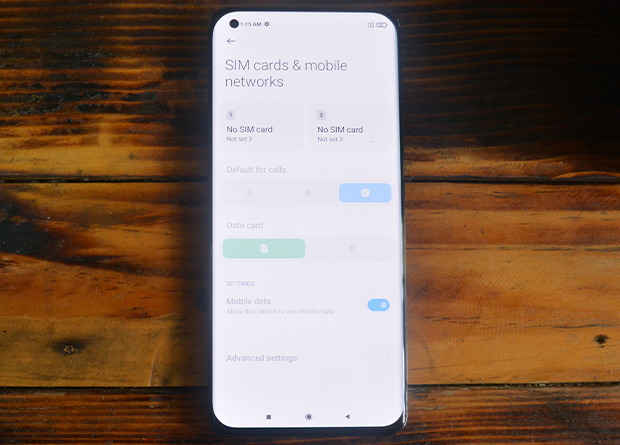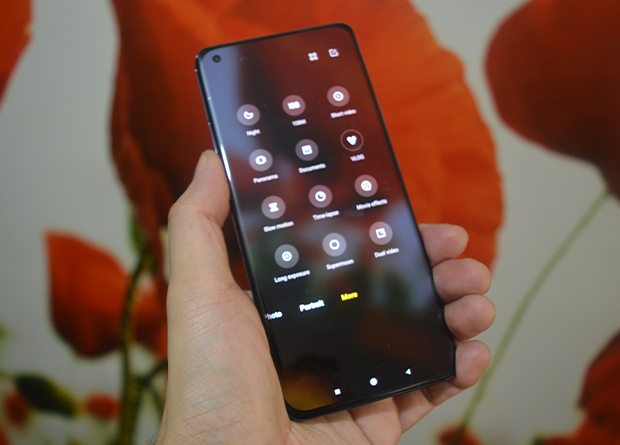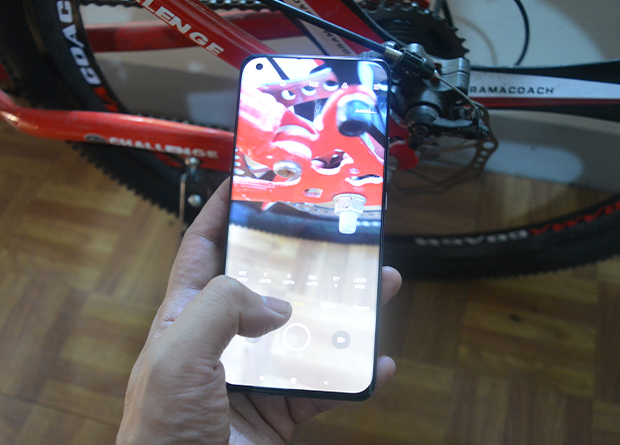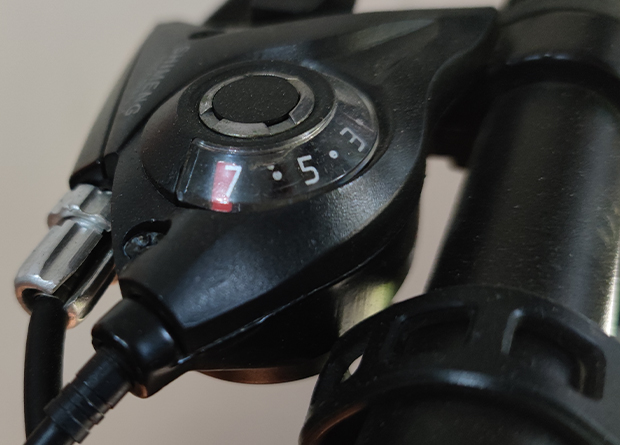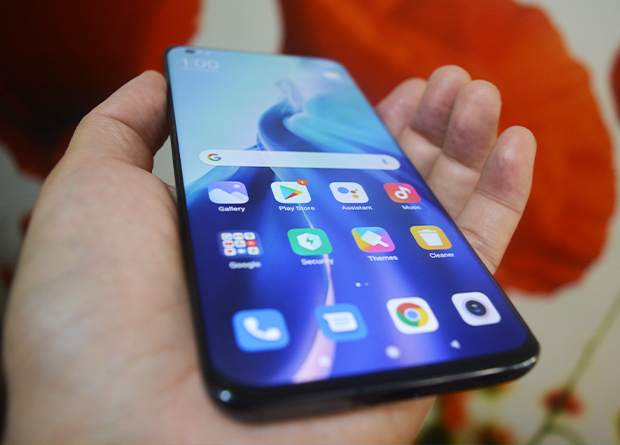In the third quarter of 2020, Xiaomi’s sales grew by 75%, contributing 13% in total smartphone shipment. With this, the company actually – CAN YOU IMAGINE THIS!? – surpassed Apple to become the third company with the biggest market share in the world.
To better understand how Xiaomi (which was founded in 2010 by Lei Jun, and released its first smartphone only in 2011) continues to make waves, it is best to look at its offerings. Let me qualify that (LOL): it is worth checking SOME of the company’s (major) offerings to better understand why this company continues to make a mark, even seen as the “Apple of China”.
And here, Mi 11 – Xiaomi’s first flagship of 2021 – is, definitely, a good study…
FIRST IMPRESSIONS/FIRST LOOK
Taken out of the box, my first impressions re Mi 11 were:
- How light it was (though weighing only 196g, this should be expected);
- How it felt… “plasticky” (even if it actually has a glass front and back, and aluminum frame); and
- How “long” it was (measuring 164.3 x 74.6 x 8.06mm).
Yeah, yeah… many won’t agree with #2 above; but – at least for me – this may have been because of how thin Mi 11 is, so that – while I was taking pics of the review unit – I repeatedly felt like it was gonna break or something.
Setting this… pangangamba (apprehensions) aside, though, Mi 11 is actually beautiful to look at.
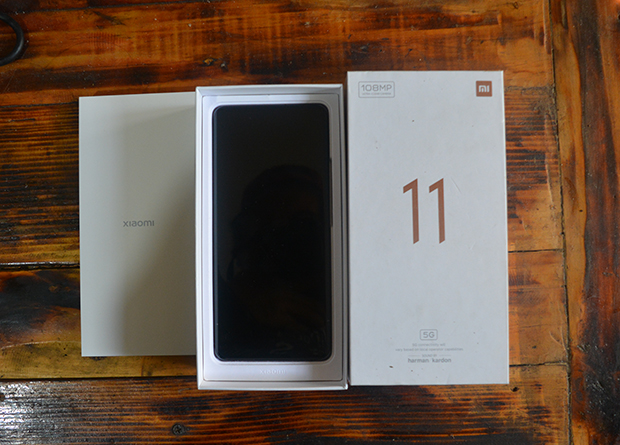
The “components”, if you will, are well-placed.
It has a screen lock button and volume toggle on the right edge of the phone.
The SIM tray (for two SIM cards) is at the bottom edge; though forget the slot for memory cards, this one doesn’t have any. Also at the bottom are the USB-C port, a microphone, and a speaker.
There is a second speaker on the top edge, along with two microphones.
The left edge has… nothing; though the upper left side of the screen has the punch-hole for the front-facing cam.
At the back are the cameras, almost as horrible as Apple’s since they “protrude”. Though they – at least – do not look like iPhone’s stove-looking “design” (seriously, we need to already admit how horrible this look is), Mi 11’s back cameras (also) won’t allow you to put the unit flat on its back sans a case.
Turned on, Mi 11 is, yes, a beauty.
It has a 6.81-inch QHD+ AMOLED Display (set to Full HD+ resolution and 60Hz refresh rate OOTB). If you wanna up the ante, ramp the reso to WQHD+ and refresh rate up to 120Hz (meaning motion doesn’t lag). With 20:9 Aspect Ratio, contrast ratio is 5,000,000:1, and the screen supporting 10-bit color, HDR10+, and DCI-P3, expect for everything to be – in a word – crisp (though, I suppose, this is to be expected from a flagship).
BTW: Mi 11 has “contours” akin to Samsung Edge, even if it doesn’t have the latter’s “wraparound” screen appearance.
There is a better-than-anticipated under-display fingerprint reader (Thank goddess!); though expect the usual smudges (both in front and back). This can be annoying for those with sweaty palms (of those whose work entails for their hands to be not always squeaky clean).
UNDER THE HOOD
Mi 11 uses Android 11, though MIUI 12 runs atop the OS. All these customized UIs could get to non-fans; though – fortunately – the basic elements of Android 11 are what you’d see.
Two storage options are available – i.e. 128GB or 256GB UFS 3.1; though the ability to add more would have been welcome indeed.
Other specs include:
- CHIPSET: Qualcomm Snapdragon 888
- CPU: Octa Core CPU (1x Cortex-X1 @ 2.84GHz, 3x Cortex-A78 @ 2.42GHz, and 4x Cortex-A55 @ 1.80GHz)
- GPU: Adreno 660
- RAM: 8 GB
PERFORMANCE
Since Mi 11 is among the first phones to boast Qualcomm Snapdragon 888 processor, you know you have an extremely able phone in your hands. It is, for now, the top chip in a smartphone; so yeah, it has the goods. Think Samsung S21 and iPhone 12, also similarly powered.
Watching flicks was… more than okay (helped by a stereo speaker setup tuned by Harman Kardon). That the screen was more-than-big was a plus (obviously); but so was the high-res screen – e.g. I made sure to watch B&W, as well a colored (yet set in dark) flicks, and yet the details were there. This is, therefore, a go for me.
Games didn’t lag, I suppose largely thanks to Mi 11’s display’s 480Hz response time. Mi 11 also has the Game Turbo software (similar to Asus ROG Phone series’ gaming center), which allows you to tweak a number of settings.
BUT – this is worth mentioning – playing for longer periods of time made the unit warmer. Knowing someone whose Motorola literally exploded in his hands, this is always… worrisome for me.
Oh, yeah, Mi 11 uses 4600 mAh Li-Po Battery (non-removable) that can be stacked using 55W fast wired charging (the company claims 100% in 45 minutes), or 50W wireless charging (100% in 53 minutes); as well as 10W reverse charging. The other claims were close to the truth when tried; the latter though (i.e. reverse charging) was… SLOW. Longevity for non-extensive use reached over a day; though more demands on the Mi 11 cut this to half a day.
As for the camera, they’re better than good. At least generally speaking.
Selfie/front cam is 20MP (f/2.2 aperture), with 1080p video recording. There are still lower models that have these specs for their main cams, so – yes – these are better-than-good.
At the back, in that burner-like box reminiscent of the (horrid) design popularized by iPhone, you’d see triple cameras: 108MP main camera (Samsung HMX, f/1.85 aperture, PD autofocus, OIS); 13MP ultra-wide (f/2.4 aperture, 123° FoV); and 5MP macro (f/2.4 aperture, autofocus). There is also a dual-tone LED flash.
Basic photos look good – e.g. the details are all there, and the colors more-than-acceptable. That it gives users an option to zoom (i.e. .6x, 1x and 2x) makes good sense; greatly helped by the outputs.
If I nitpick at all, it’s the “inconsistency” (for lack of a better word) re the image seen onscreen, and the shot taken – e.g. I was shooting details of a foldable bicycle indoors, and while they looked sharp onscreen, the moment I took the shots, the colors became more… tame (reds weren’t as RED, etc). If, in the end, you’d use apps to “fix” your colors, then this shouldn’t bother you; but there may be others like me who’d find this a bummer…

If I nitpick at all, it’s the “inconsistency” (for lack of a better word) re the image seen onscreen, and the shot taken. If, in the end, you’d use apps to “fix” your colors, then this shouldn’t bother you; but there may be others like me who’d find this a bummer…
Aside from the various camera modes – e.g. pro, video, photo, portrait, etc – there are also extended shooting modes – e.g. night, 108MP, short video, panorama, document scanner, vlog, slow motion, time-lapse, dual video, movie effects, long exposure, and super moon. Weirdly, some of these modes aren’t installed OOTB – i.e. the phone downloads the required software when you choose it.
Video recording-wise, there are even more movie modes – i.e. magic zoom, slow shutter, time freeze, night time-lapse, and parallel world. Yes, you may be able to use 8K video recording and night mode, but note: 1) the memory limitation, and 2) Mi 11 does not, in any way, replace your filmmaking equipment (if you have any), so… temper thine expectations.
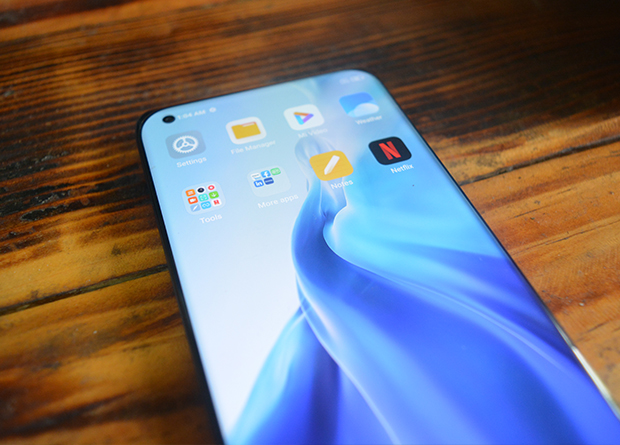
IN THE END…
5G is here, and Mi 11 makes a compelling – and somewhat affordable, at ₱36,990.00 in the Philippines – “argument” on why shifting to a somewhat powerful 5G unit makes good sense now. The design is fab, what’s under the hood’s powerful, and performance of just about everything (from the battery life to the camera to gaming capabilities) is, well, topnotch.
If it’s time for you to make a phone change already, consider Mi 11 (available in Midnight Gray and Horizon Blue). Not too shabby particularly if you consider the likes of Samsung, Huawei and Apple as rip-offs 😛





















































































